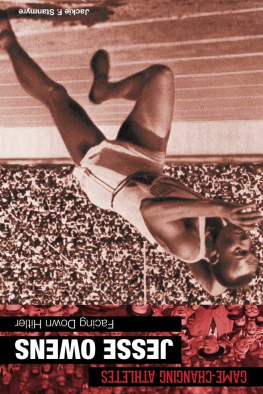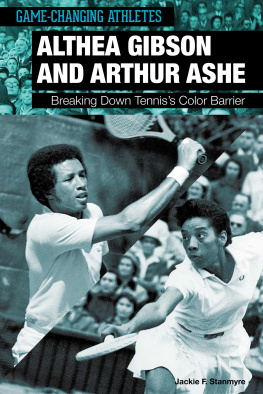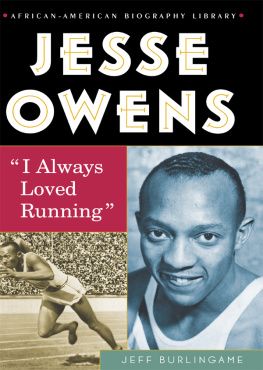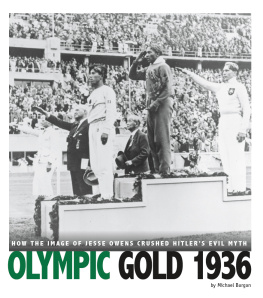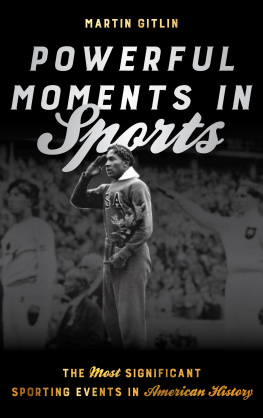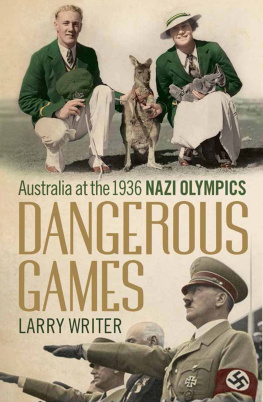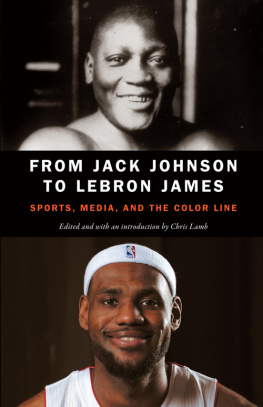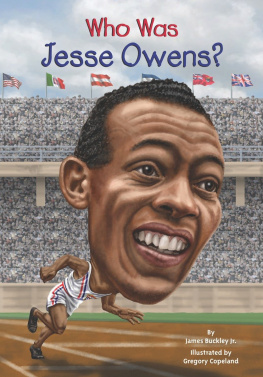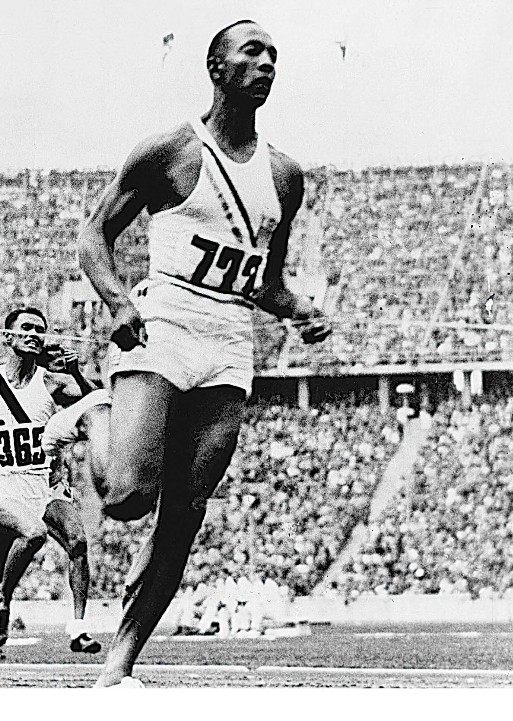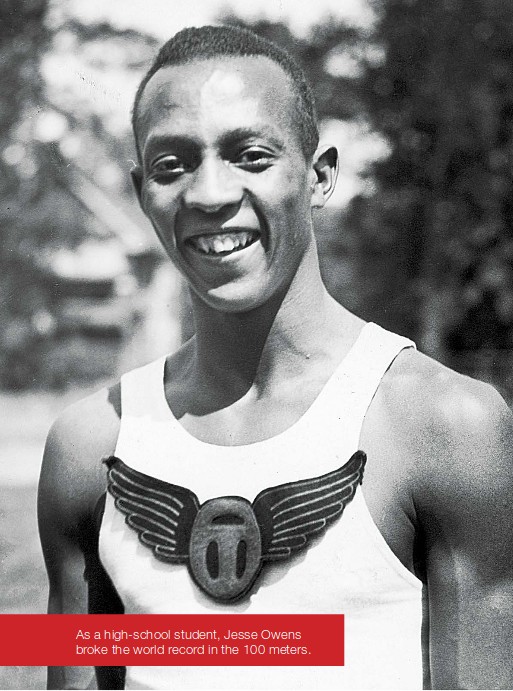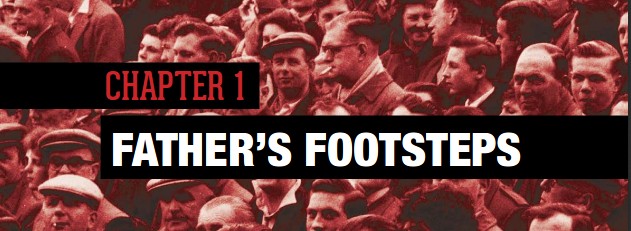Published in 2016 by Cavendish Square Publishing, LLC
243 5th Avenue, Suite 136, New York, NY 10016
Copyright 2016 by Cavendish Square Publishing, LLC First Edition
No part of this publication may be reproduced, stored in a retrieval system, or transmitted in any form or by any meanselectronic, mechanical, photocopying, recording, or otherwise without the prior permission of the copyright owner. Request for permission should be addressed to Permissions, Cavendish Square Publishing, 243 5th Avenue, Suite 136, New York, NY 10016. Tel (877) 980-4450; fax (877) 980-4454.
Website: cavendishsq.com
This publication represents the opinions and views of the author based on his or her personal experience, knowledge, and research. The information in this book serves as a general guide only. The author and publisher have used their best efforts in preparing this book and disclaim liability rising directly or indirectly from the use and application of this book.
CPSIA Compliance Information: Batch #CW16CSQ All websites were available and accurate when this book was sent to press.
Cataloging-in-Publication Data
Names: Stanmyre, Jackie F.
Title: Jesse Owens: facing down Hitler / Jackie F. Stanmyre.
Description: New York : Cavendish Square Publishing, 2016 | Series: Game-changing athletes |
Includes index.
Identifiers: ISBN 9781502610492 (library bound) | ISBN 9781502610508 (ebook) Subjects: LCSH: Owens, Jesse, 1913-1980Juvenile literature. |
Track and field athletesUnited StatesBiographyJuvenile literature. |
African American track and field athletesBiographyJuvenile literature. Classification: LCC GV697.O9 S73 2016 | DDC 796.42092dc23
Editorial Director: David McNamara Editor: Fletcher Doyle Copy Editor: Rebecca Rohan Art Director: Jeffrey Talbot Designer: Joseph Macri
Senior Production Manager: Jennifer Ryder-Talbot Production Editor: Renni Johnson Photo Research: J8 Media
The photographs in this book are used by permission and through the courtesy of: Keystone-France/Gamma-Keystone via Getty Images, front, back covers and throughout the book; Getty Images, front cover; Crowd Scene, Norman Potter/Express/Getty Images, throughout the book; Ullstein Bild via Getty Images, 6-7, 11, 43, 59, 70, 73; New York Times Co./Getty Images, 8, 14; AP Photo, 21, 28, 36-37, 62, 82, 84, 91; AP Photo/Paul Cannon, 24; John Vachon for U.S. Farm Security Administration, Library of Congress/File: Segregation 1938.jpg - Wikimedia Commons, 33; Charles Payne/NY Daily News via Getty Images, 46; Fox Photos/Getty Images, 48; Heinrich Hoffmann/Ullstein Bild/Getty Images, 54; Popperfoto/Getty Images, 57; AP Photo/Marty Lederhandler, 67; Austrian Archives/Imagno/Getty Images, 76-77, Gunter Peters/ Ullstein Bild via Getty Images, 79; Angelo Cozzi/Archivio Mondadori/Getty Images, 88; Art Shay/Sports Illustrated/Getty Images, 93; AP Photo/Richard Drew, 95; JOHN MACDOUGALL/ AFP/Getty Images, 98-99.
Printed in the United States of America
A dolf Hitler had big plans to use the 1936 Berlin Olympics to showcase the superiority of the Aryan race. The German dictator , infamous for the future slaughter of millions of Jews and other undesirables in the Holocaust, thought he would see blond-haired, fairskinned, blue-eyed athletes running to victory, proving his point that some groups of people were meant to dominate others. One man proved to the world that this just wasnt so.
Jesse Owens, an African American, was born in Alabama with few resources and even fewer privileges. Upon his family moving to Cleveland, Ohio, Owens began running under the guidance of Charles Riley, who invigorated Owens with different ways to approach his craft: not thinking too much, running lightly on his feet, not straining.
Quickly, it became apparent that Owens possessed a special, never-before-seen talent that would force others to consider their suppositions on racial supremacy. Many battles against prejudice and for equal rights were being fought throughout the worldincluding in Americawith violence, through protest, or in courtrooms. Others, like Owens, fought those battles with their natural gifts, saying little with their words but much through their actions.
Owens had made a name for himself in the track-and-field community by excelling at Ohio State University. In 1935, in less than an hour ofcompetition at the Big Ten Championships, Owens had beaten three world records and tied a fourth. Despite the cloud of discrimination that hung over the 1936 Games, the long-jumper and sprinter entered into the event with high expectations. And he would meet them all.
Owens left those Olympic Games with four gold medals, earned in the 100-meter and 200-meter (109-yard and 219-yard) dashes, the 4 x 100 relay , and the long jump . However, he also left the world a bit shaken. A face like Jesse Owenss was to be the picture of athletic excellence? Hitler clearly had been expecting better of his people. And even some Americans were reluctant to accept Owens as their golden boy. Franklin Delano Roosevelt, the US president at the time, did not even congratulate Owens for his feats.
America and the international community had a long way to go toward the acceptance of members of minority races. On his own two feet, Owens did everything he could to quicken the pace toward equality. He left a legacy, imploring his fellow African Americansand all Americansto work toward achieving their dreams and silencing the naysayers.
Spectators scarcely realized that anyone else was on the field.
The Cleveland Gazette on Jesse Owens
J ames Cleveland Owens, who came to be known as Jesse, was born September 12, 1913, the youngest of ten children born to Henry Cleveland and Mary Emma (who went by Emma) Owens in Oakville, Alabama. His parents were sharecroppers, meaning a landowner allowed them to live on 40 acres (16.2 hectares) of land that they were expected to farm and maintain. In exchange for a ramshackle house and use of the farm equipment, the Owens family was to give half the seasons crops to the landowner; the other half they could sell to earn money for clothes and basic supplies.
After four a.m. wakeup calls, plowing the fields with a mule, hoeing the rows of corn and cotton, and picking the cotton, little time was available for leisure in the Owens family. But as a young boy, Jesse remembers the pleasure he saw on his fathers face whenever he was running. On Sundays after church and before their early bedtime, Henry Owens gathered with men from the surrounding farms and raced across the flatland.

